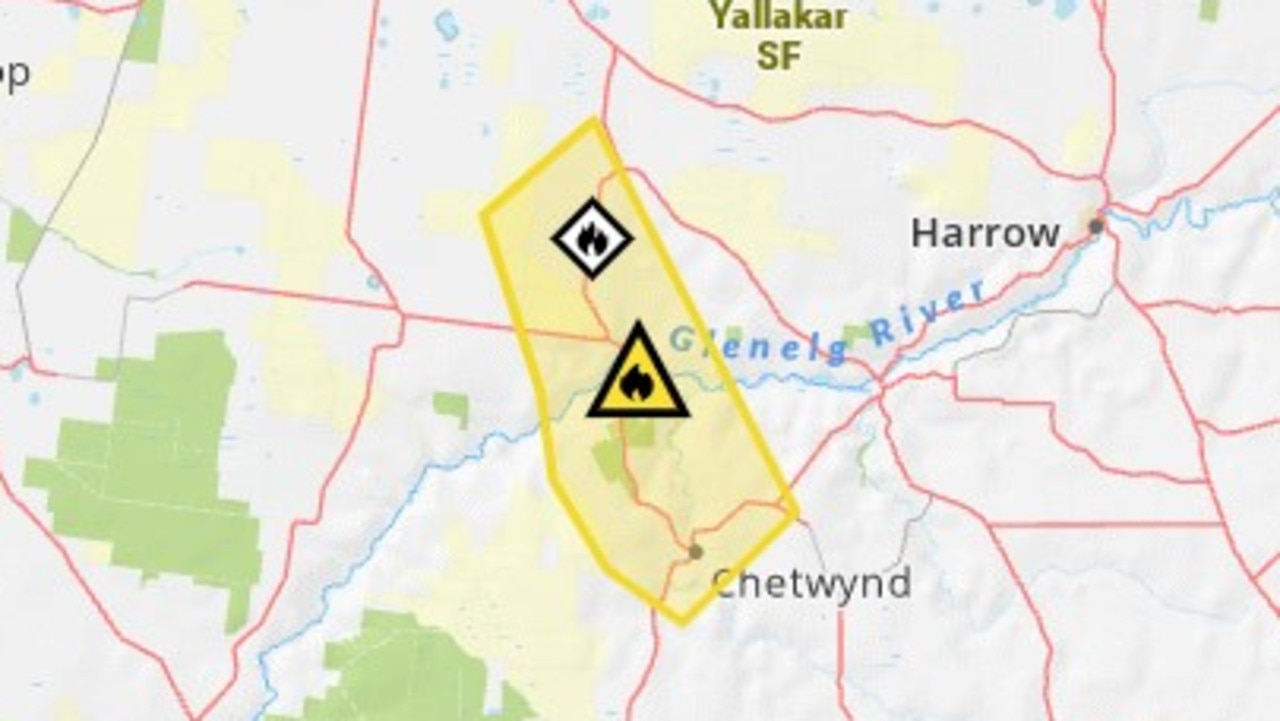CSIRO, BOM research shows how climate change will affect Australia
LIFE in Australia is pretty comfortable now - but that could be about to change. This is what lies in store for our future.
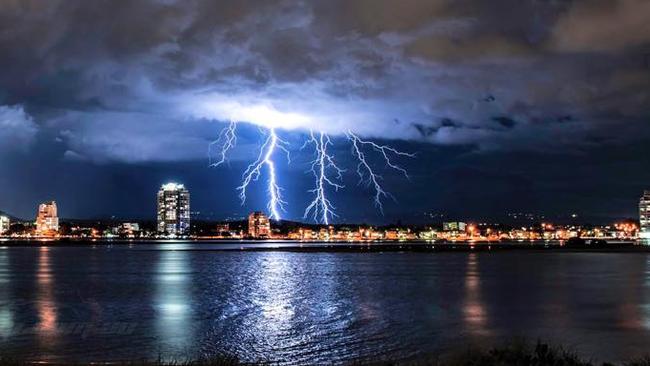
Climate Change
Don't miss out on the headlines from Climate Change. Followed categories will be added to My News.
AUSTRALIA’s two biggest science and weather bodies, CSIRO and the Bureau of Meteorology have released new climate change data and information on how it will affect Australia.
“There is very high confidence that hot days will become more frequent and hotter,” CSIRO principal research scientist, Kevin Hennessy said.
“We also have very high confidence that sea levels will rise, oceans will become more acidic, and snow depths will decline.
“We expect that extreme rainfall events across the nation are likely to become more intense, even where annual-average rainfall is projected to decline.”
The projections are the most comprehensive ever released for Australia, and renowned science expert Dr Karl Kruszelnicki says they’re only just the tip of the iceberg.
Where are we headed?
According to the CSIRO report, in Australia specifically, oceans will become much warmer and more acidic. Cyclones will decrease, but when they do occur they will be significantly fiercer and occur further south. Droughts will become more intense and ‘severe’ bushfire ratings will become more common.
Water temperatures will also continue to rise, which means storms can suck up more moisture resulting in heavier rain and snow fall.
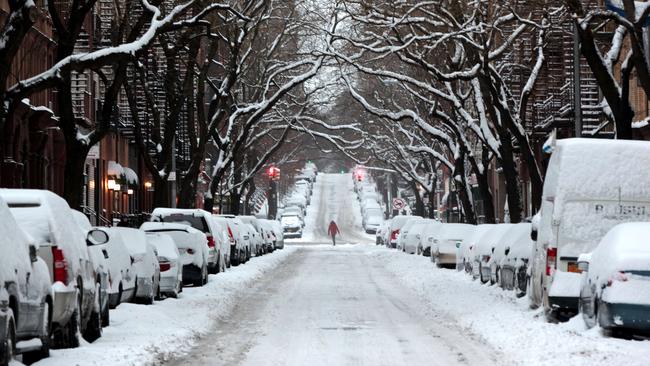
Dr Karl believes there are also two lesser-known phenomenons that we should all get our heads around because of their impact on the future: permafrost and arctic meltdown.
“Permafrost is defined as any ground that has been frozen for at least two years, with one quarter of all the land mass in the northern hemisphere being permafrost,” he says.
The problem with permafrost is that with temperatures rising and more permafrost thawing, enormous amounts of harmful carbon contained within the ice are being released into the atmosphere. About 1.7 trillion tonnes of organic carbon, or four times the amount humans have dumped in modern times, could be released, says Dr Karl.
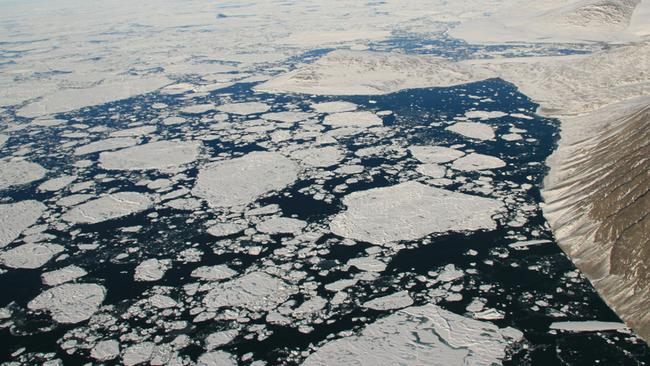
Since 1980, 80 per cent of the Arctic summer ice has been lost which is resulting in more extreme weather across the world and new areas for oil and gas companies to drill.
How will this affect us?
Homes will be destroyed, food will become more expensive and lives will be lost.
According to the National Climate Council, hundreds of thousands of coastal homes are at risk, with 80 per cent of the Victorian coast and 62 per cent of the Queensland coast at risk of being wiped out by 2100.
One of the hardest hit areas could be the Gold Coast, a massive tourist drawcard and an economy worth $1.5 billion per year.

With droughts intensified, farmers will struggle to grow crops, resulting in them losing their livelihoods. But on top of that, our food will become much more expensive, for everything from meat to Weet-Bix.
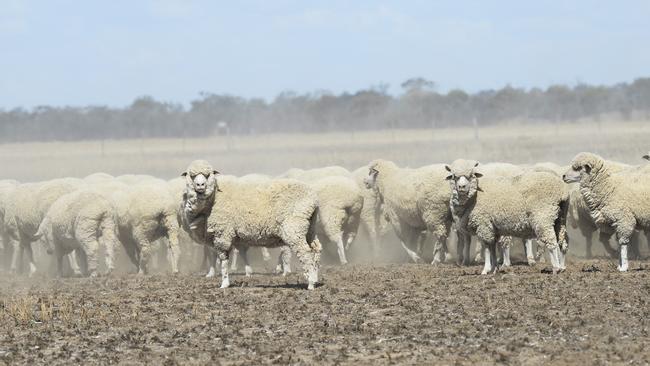
The government’s Australian Climate Change Program warns that an increased number of bushfire days could result in more homes and lives lost as they become harder to fight.
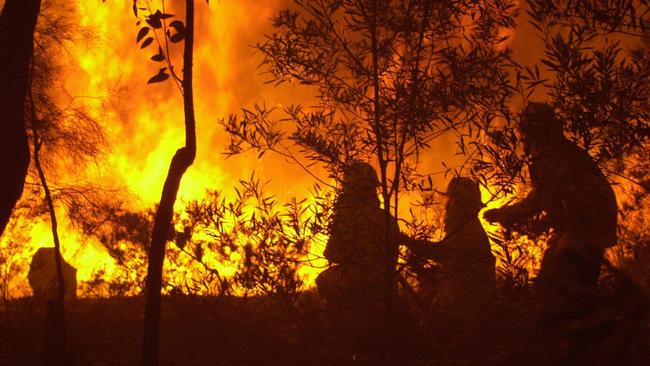
Dr Karl points out that in Australia, our biggest issue will come from heatwaves caused by rising temperatures.
“Heatwaves have killed more Australians than all other natural hazards combined,” he says.
“In the European heatwave of 2003, some 70,000 people died. The Russian heatwave of 2010 killed around 55,000 people.”
“Back in 1961, heatwaves with temperatures significantly above average covered 1 per cent of our planet’s land area. By 2010, this had risen to about 5 per cent. By 2020, it’s expected to rise to 10 per cent — and for 2040, to 20 per cent.”
What can we do about it?
“We have to move to a 100% renewable energy based country,” says Matthew Wright, the Executive Director of Zero Carbon Australia and 2010’s Young Environmentalist of the Year.
“We need more resilience on our buildings so they consume energy more efficiently and also move towards using electricity in its place.”
Our government also has more work to do. “We need to make sure governments put in legislation that make sure energy companies don’t block people from installing solar panels,” says Mr Wright.

“It’s also risky for the Australian people that our government has clearly steered towards an economy for coal producers.”
Dr Karl agrees, adding that “if we move to a renewable economy, it would take around 10 years to build, and over the next 30 years our overall energy costs would be much lower.”
The problem, of course, with that is “one government will start it, but another will have to finish it.”
You can grab Dr Karl’s latest book ‘House of Karls’ from book stores now.
Originally published as CSIRO, BOM research shows how climate change will affect Australia

